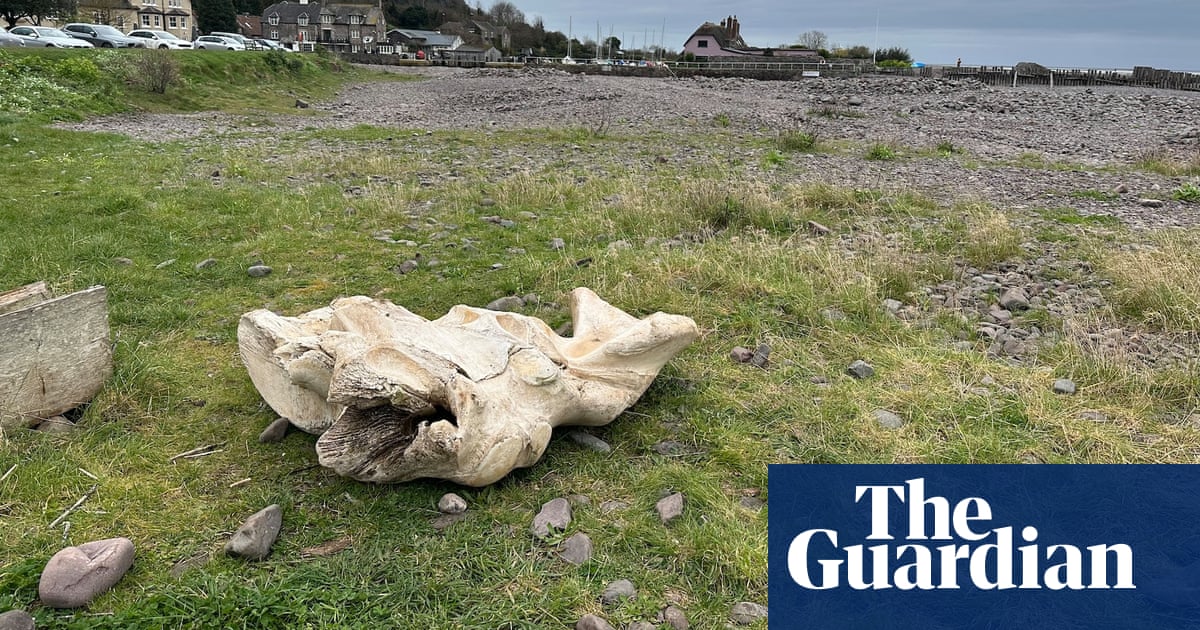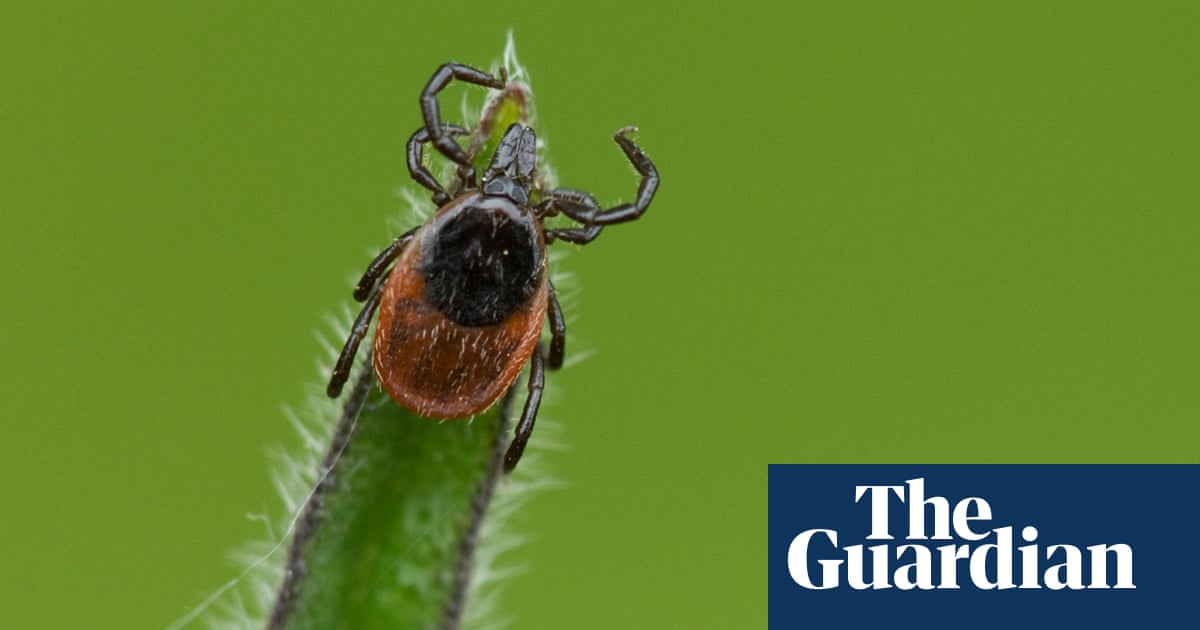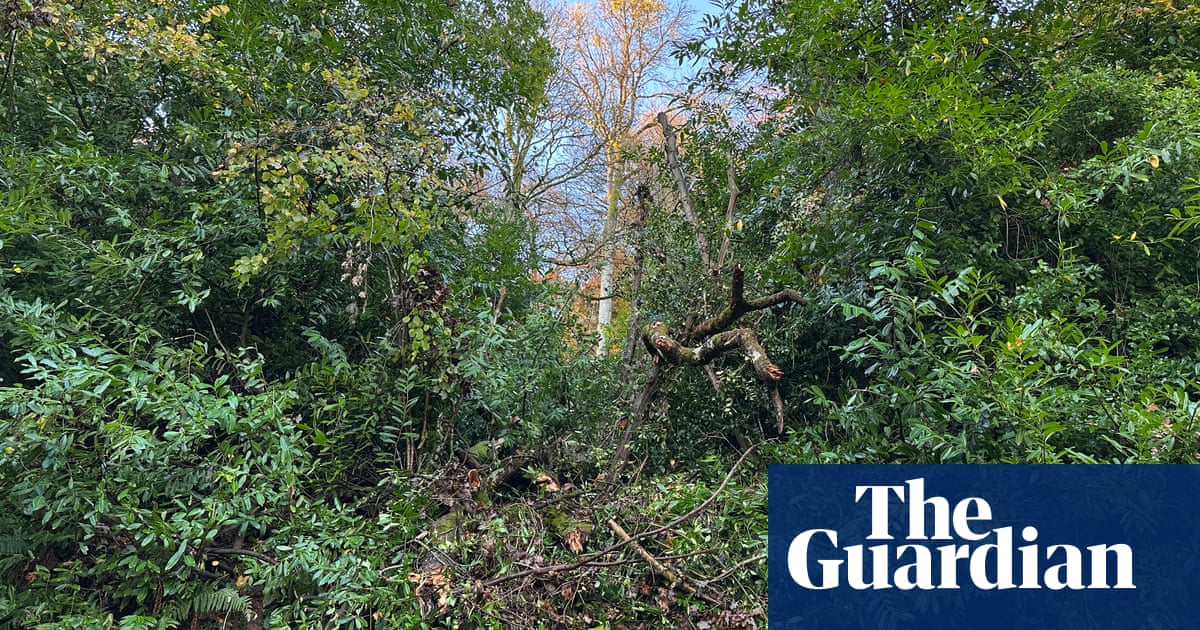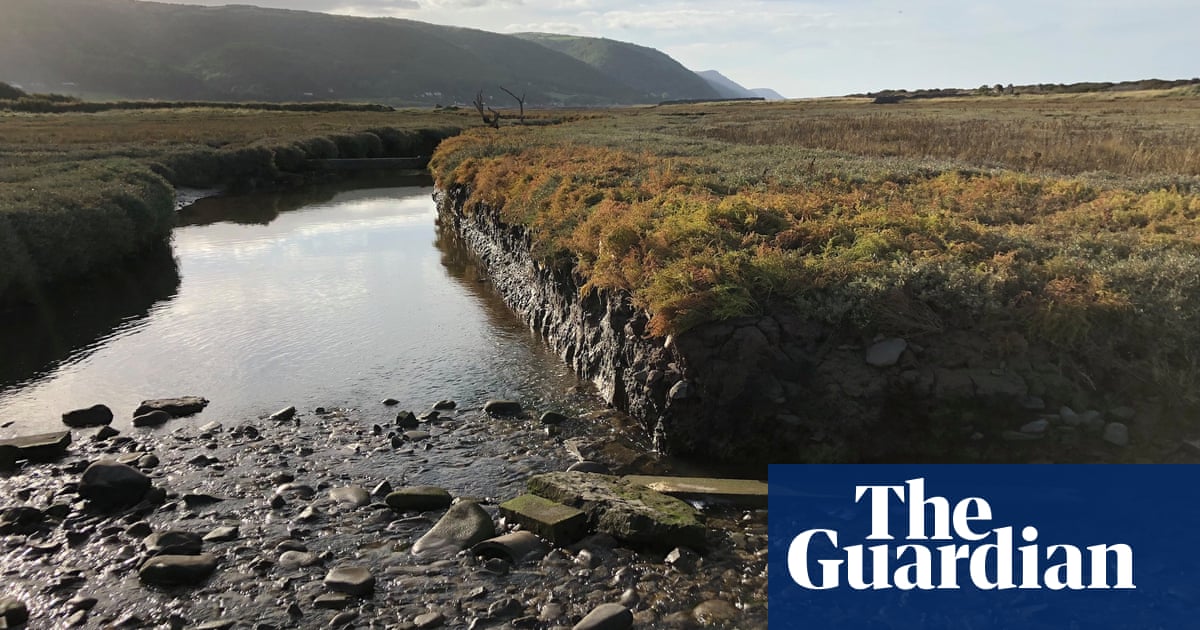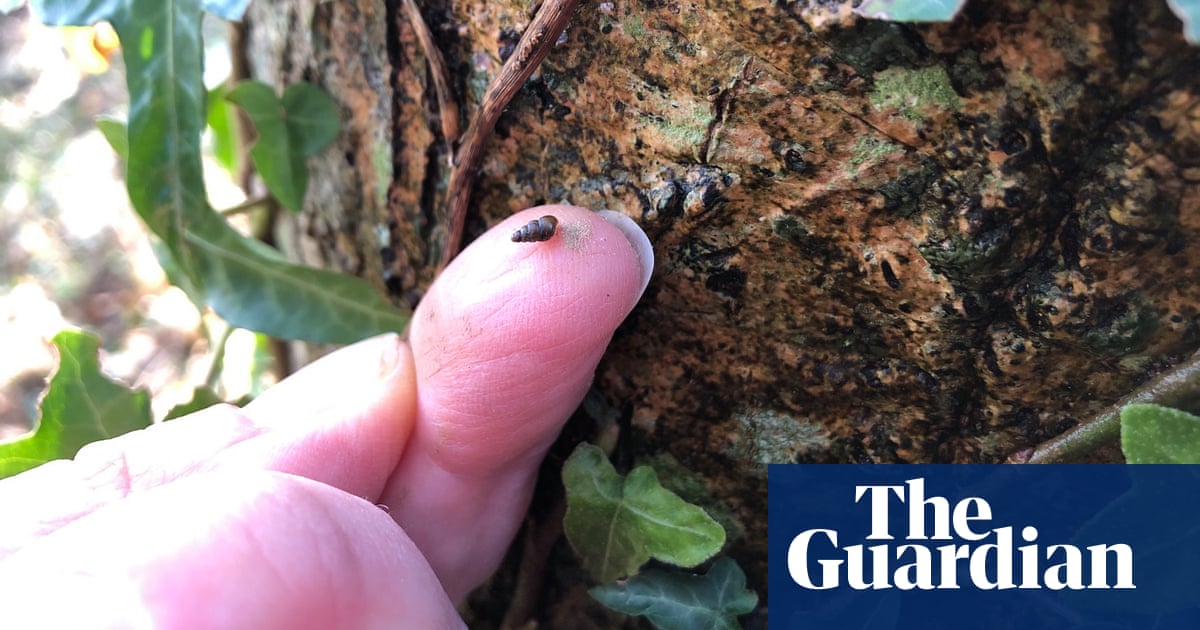
Sweet chestnut leaves, parchment yellow and curled in long, ragged scraps, have drifted across the path. A month ago, the ground here was littered with clusters of green seedcases the size of sea urchins and equally spiny, splitting in quarters to release their harvest. They were eaten by mice, squirrels and deer, and the few that remain have turned brown as burdock burrs.
I’m on the west side of Doverhay Wood, which has trees all along the bridleway, mostly sweet chestnut with some oak. It’s a great contrast to the opposite slope, which was razed bare. Kneehigh stumps are all that remain across the once-wooded hillside. Tracks carve into the red earth, their sides heaped with soil and dead branches.
Yet this is a landscape of regeneration, not destruction. Originally open moorland, about a century ago it was planted with conifers, but the steepness of the combe meant it became difficult to manage. Over the years it grew dense and dark, shadowing out undergrowth and wildlife. This loss of habitat was particularly damaging because the wood is in the middle of three national nature reserves with many rare species, including the heath fritillary butterfly.
Clearing the old plantation was the first stage of restoration. Look closer and you see the spindly whips of 13,000 new trees, a mixture of oak, beech, sycamore, field maple, hazel, hawthorn and rowan. Tracks and glades will bring light to the understorey so that plants and insects can recolonise. In time the new woodland will merge into the neighbouring woods at Horner and Hawkcombe.
But one key species will be missing. Large parts of Horner woods are now closed to the public because of ash dieback. Walking through what remains, the dead and dying trees stand out like smoke-grey wigs. Many have dropped limbs, or fallen completely, their trunks riven with canker. The disease is causing a much greater long-term transformation of the landscape. It is estimated that the UK will lose 80% of its ash trees to the disease – in these valleys it is looking more like 100%. There are no plans to plant ash in the new wood.





